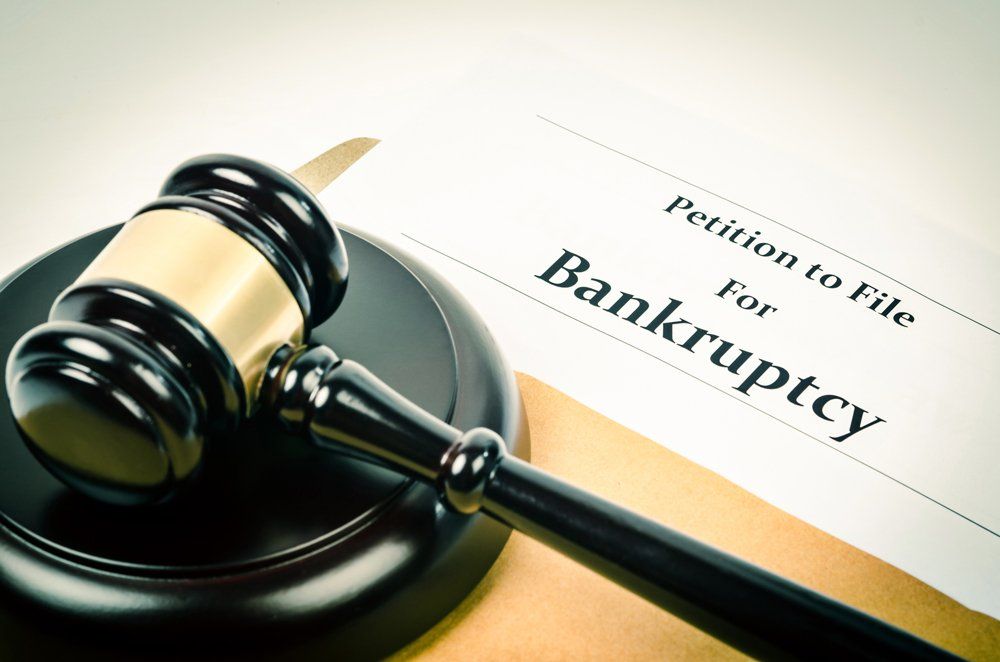Bankruptcy Attorneys
The right of debtors to protect themselves from creditors through bankruptcy is established by the United States Constitution. Bankruptcy is codified in Title 11 of the United States Code. The best known Chapters of the Bankruptcy Code that are Chapters 7, 11 and 13. There are also other Chapters for specific entities such as farms and municipalities. In addition to having a large body of substantive law, bankruptcy also has a unique set of procedural rules. Bankruptcy is practiced entirely in the federal court system. In bankruptcy, the debtor’s obligations are treated differently depending upon whether they are secured or unsecured. Stated very broadly, insecured debts are reduced or written off while secured debts remain, at least as far as the lien on the property is concerned. This general rule is subject to multiple exceptions and limitations. However, this rule provides a good starting place for understanding the process.
Chapter 7 liquidations are the most common form of bankruptcy. Liquidation involves the appointment of a trustee who collects the non-exempt property of the debtor, sells it and distributes the proceeds to the creditors. Once the trustee has completed this work, baring objections and other actions against the debtor, a discharge is given. This means that all of the dischargeable debts are no longer obligations of the debtor. This leaves the debtor with all of his or her exempt assets and any non-dischargeable debts. Exempt assets are things like retirement accounts, home equity up to a certain amount, an automobile with limited value and certain other assets. Certain debts cannot be discharged such as child support and student loans. Chapter 7 bankruptcy remains on a bankruptcy filer's credit report for 10 years.
Chapter 13 reorganizations are available to most individuals and are sometimes required. This type of reorganization allows the debtor to keep some or all of his or her property and to use future earnings to pay off creditors. A debtor in a Chapter 13 bankruptcy must pay all of his or her disposable income to his or her creditors for up to five years. “Disposable income" is income (other than child support payments received by the debtor) less amounts reasonably necessary for
the maintenance or support of the debtor or dependents.
Chapter 11 deals primarily with business reorganization. However, in certain circumstances, individuals may file under Chapter 11. In Chapter 11 cases, the business owner(s) or managers normally keep control of the business and operate it subject to court approval. However, the Court can place the trustee in charge of the business should circumstances indicate this is appropriate. The goal of a Chapter 11 is to craft and obtain approval for the reorganization of business. However, businesses can also liquidate under this Chapter.
